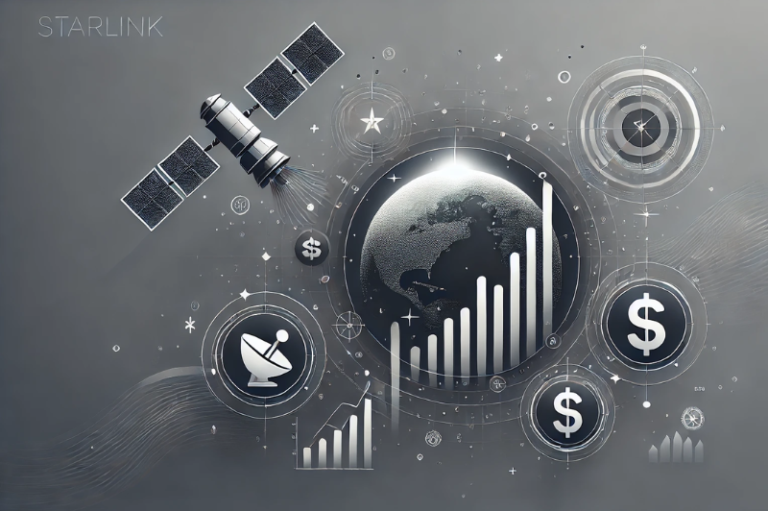Does Starlink Work Well in Bad Weather?
Starlink satellite internet often sounds too good to be true: high-speed, low-latency internet for people in areas where such options were previously unavailable. Naturally, many wonder if it comes with a catch. Specifically, is Starlink reliable in bad weather?
Reliability is important for internet users. Whether you are working from home, or streaming the big game, we all want the most reliable internet possible. But for many people, Starlink satellite internet is the only high speed option available. We can’t control the weather, so many people have questions about how it performs and how reliable it is during storms.
In this article, we’ll clear up misconceptions about Starlink’s performance in various weather conditions and explain how satellite internet works.
How Satellite Internet Works
Satellite internet relies on user terminals (satellite dishes) that communicate with satellites in orbit. Companies like HughesNet and Viasat use satellites in geosynchronous orbit, while Starlink operates a network of satellites in low Earth orbit (LEO).
Data signals are sent and received wirelessly on several different radio frequency bands, depending on the company. These high frequency radio signals can travel through the atmosphere to reach the satellites in orbit and the dishes on Earth. But the radio signals cannot travel through everything. Objects like trees and buildings can completely block the signals. Weather, like heavy rain or snow, can also cause problems.
How Bad Weather Affects Starlink
Starlink’s design, including its low Earth orbit satellites and phased array antennas, offers some advantages in adverse weather. Here’s how it performs under specific conditions:
Clouds
- Light Clouds: Typical clouds, like those on partly cloudy days, have little to no effect on Starlink.
- Storm Clouds: Dense storm clouds contain more moisture and can degrade the signal, especially when combined with rain.
Wind
- Wind does not typically impact Starlink’s performance as long as the dish is securely mounted. The phased array antenna allows the dish to track satellites without moving physically, making it resistant to wind-related disruptions.
Rain
- Light Rain: Usually doesn’t interfere with Starlink’s signal.
- Heavy Rain: Downpours with dense moisture can block signals temporarily, leading to outages until the rain subsides.
Snow
- Light Snow: Has minimal impact on performance.
- Heavy Snow: Dense snowfall can interrupt service. Starlink dishes are equipped with heating elements to melt snow buildup, but in severe cases, manual clearing may be needed.
Sleet and Ice
- Sleet and ice can disrupt signals, similar to heavy snow. The dish’s heating feature helps melt ice, but extreme icing conditions may still require manual intervention.
Fog
- Light Fog: Unlikely to affect performance.
- Dense Fog: Moisture density in heavy fog can interfere with the signal, potentially causing interruptions.
How Weather Affects Performance
While Starlink handles most weather conditions well, heavy rain, snow, or dense fog may result in:
- Signal Loss: Temporary outages until the weather improves.
- Slower Speeds: Reduced download/upload speeds during adverse conditions.
- Higher Latency: Real-time applications like gaming or video calls may experience noticeable delays.
That said, Starlink’s phased array antenna allows it to reacquire signals quickly after brief interruptions, minimizing downtime compared to traditional satellite TV, where signal restoration can take longer.
Conclusion
Satellite internet is inherently more susceptible to weather-related interruptions than fixed broadband options like DSL, cable, or fiber. However, Starlink’s advanced technology, including phased array antennas and snow-melting features, makes it one of the most resilient satellite internet options available.
For areas where fixed broadband isn’t an option, Starlink offers reliable service in most weather conditions. While heavy rain, snow, or dense fog can cause interruptions, the system’s quick signal reacquisition and innovative features make it a dependable choice for high-speed internet, even in challenging environments.








One Comment